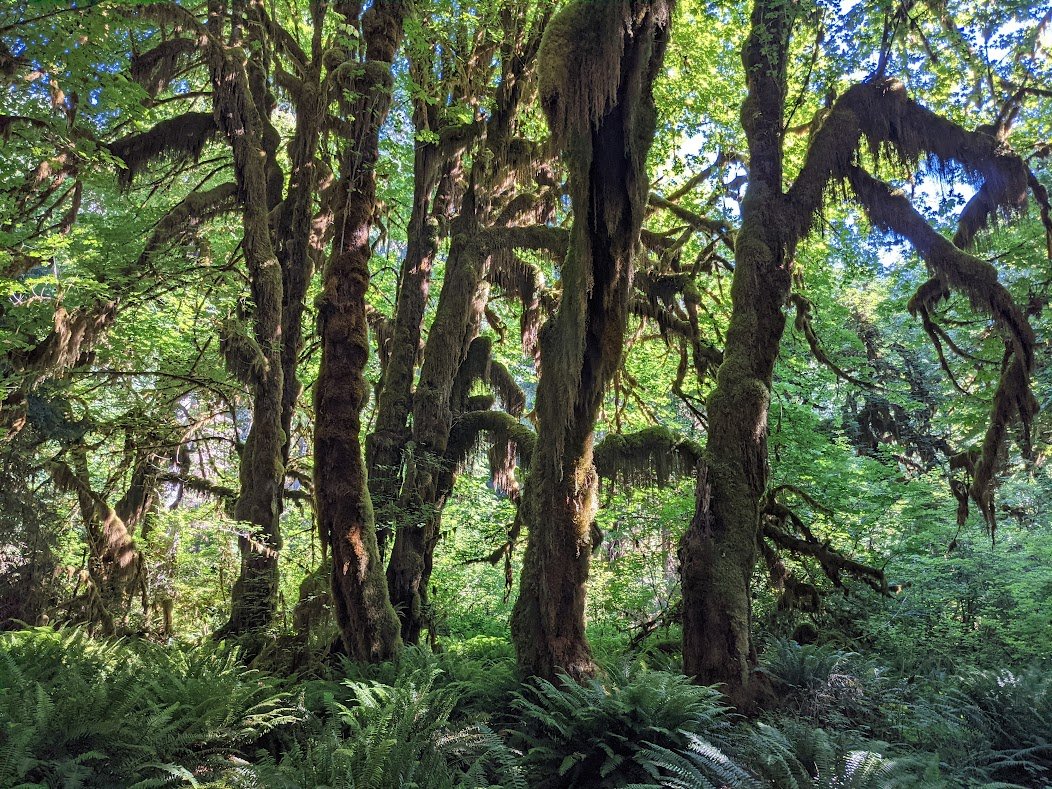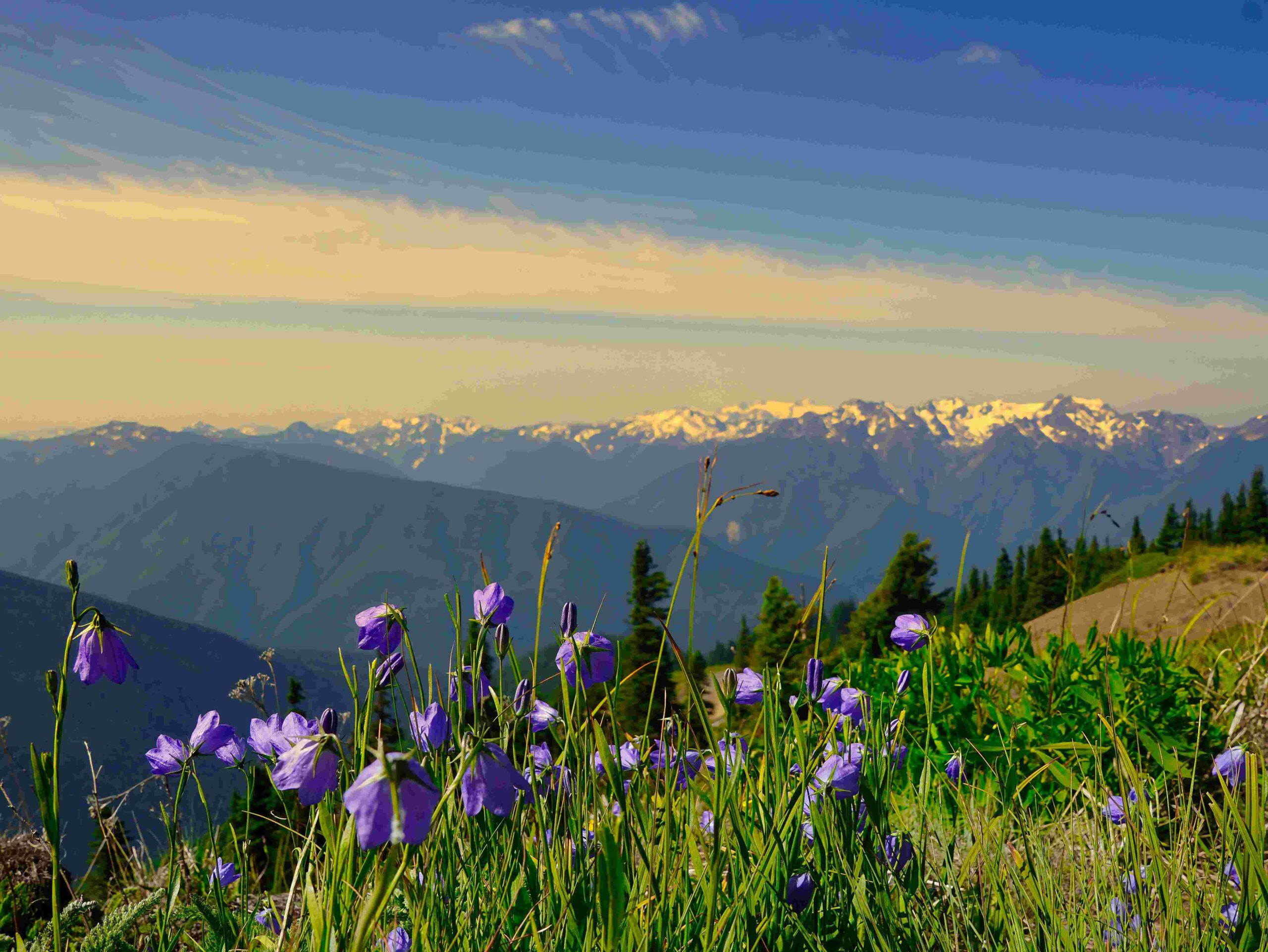The Washington Olympic National Park fire of 2023 was a significant event that impacted approximately 4,795 acres of the park. Ignited by lightning strikes on August 28, these fires primarily affected remote wilderness areas, with the Delabarre Fire being the largest. Despite the challenges posed by steep terrain and marine layer fog, fire management teams successfully contained the fires, minimizing their impact on critical infrastructure and nearby communities.
What Caused the Washington Olympic National Park Fire?

The 2023 fire season in Olympic National Park was primarily triggered by lightning strikes on August 28. These natural occurrences ignited several fires across the park, with the most significant being:
- The Delabarre Fire in the Delabarre Creek drainage
- Fires affecting the Buckinghorse Creek drainage
- Smaller fires impacting various trails and areas within the park
How Much Area Was Affected by the Fire?

The total area burned from the Washington Olympic National Park fire in 2023 was approximately 4,795 acres. This includes:
- The Delabarre Fire, which was the largest
- Multiple smaller fires across various locations in the park
It’s important to note that while this may seem like a large area, the fires predominantly burned in remote wilderness regions on steep terrain.
What Were the Ecological Impacts of the Fire?
The ecological impacts of the Washington Olympic National Park fire were complex:
-
Natural Process: Fire is an integral part of the forested ecosystems on the Olympic Peninsula. Plants and animals in this region have evolved with fire over thousands of years.
-
Fuel Reduction: The fires helped in reducing fuels and fire risk in the affected areas.
-
Limited High-Severity Impact: High-severity fire affected a relatively small area, initiating little development of complex early-seral habitat.
-
Ecosystem Renewal: While immediate impacts may seem destructive, fires often contribute to long-term ecosystem health and renewal.
How Was the Fire Managed?
The management of the Washington Olympic National Park fire involved several strategies:
Personnel and Equipment
- 50 personnel were involved in managing the fires within Olympic National Park.
- For the Road 2620 Fire near Mount Jupiter, 175 firefighters were deployed, including additional crews from Oregon.
- Equipment used included:
- Bulldozers for creating containment lines
- Aircraft for aerial firefighting efforts
Challenges Faced
- Steep and rocky terrain made ground operations difficult.
- Marine layer fog complicated aerial firefighting efforts.
Effectiveness of Management
Despite the challenges, the fire management strategies proved effective:
- Fires saw minimal growth due to wetting rains.
- No threat to critical infrastructure or communities was reported.
- The fires were eventually 100% contained.
What Safety Measures Were Implemented for Visitors?
In response to the Washington Olympic National Park fire, several safety measures were put in place:
- Trail Closures: Multiple trails were closed, including:
- Elwha River Trail
- Hayden Pass Trail
- Dosewallips River Trail
- North Fork Quinault Trail
- Skyline Trail
-
Martin Park Trail
-
Visitor Notifications: The Olympic National Park Wilderness Information Center (WIC) notified backcountry permit holders who might be impacted by the closures.
-
Information Resources: Visitors were encouraged to contact the WIC at 360-565-2992 or email OLYM_WIC@nps.gov for up-to-date information.
-
Activity Restrictions: Visitors were advised to:
- Stay near designated trails
- Avoid walking through recently burnt areas
How Did the Fire Affect Park Accessibility?
The Washington Olympic National Park fire had several impacts on park accessibility:
Road Closures
- Obstruction Point Road and Trailhead were closed.
- Access to certain areas was restricted due to trail closures.
Trail Closures
Several trails were closed, including:
– Elwha River Trail from Dodger Point Trail junction to Low Divide
– Hayden Pass Trail
– Dosewallips River Trail from Dose Meadows to Hayden Pass
Visitor Advice
Visitors were strongly advised to:
1. Check with park authorities for the latest information on access and closures before planning their visit.
2. Be prepared for sudden changes in accessibility due to ongoing fire management efforts.
What Lessons Were Learned from the Washington Olympic National Park Fire?
The 2023 fire season in Olympic National Park provided several valuable lessons:
-
Importance of Natural Fire Cycles: The fires reinforced the understanding that fire is a natural and necessary part of the park’s ecosystem.
-
Effectiveness of Fire Management: The successful containment of the fires demonstrated the effectiveness of current fire management strategies.
-
Need for Visitor Education: The incident highlighted the importance of educating visitors about fire safety and the potential for sudden closures or restrictions.
-
Adaptability in Park Management: Park officials demonstrated the ability to quickly respond to changing conditions and implement necessary safety measures.
-
Value of Interagency Cooperation: The collaboration between various firefighting teams, including those from out of state, proved crucial in managing the fires effectively.
By understanding these lessons, park management can continue to improve their strategies for dealing with future fire events, ensuring the safety of visitors while maintaining the ecological balance of this unique wilderness area.

